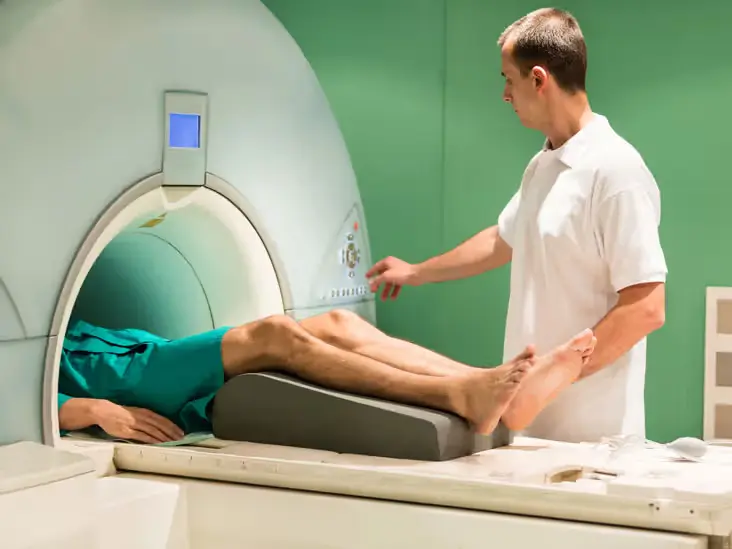
When I began my training, having a spinal cord stimulator had a significant limitation: they weren’t MRI-compatible. This posed challenges when patients needed MRI scans, often leading to delays or alternative imaging methods. MRI (Magnetic Resonance Imaging) is crucial for diagnosing various conditions, providing detailed images of soft tissues, including the brain, spine, and joints. The advent of MRI-compatible spinal cord stimulator systems has revolutionized patient care, allowing seamless integration of pain management devices with essential diagnostic imaging.
Why MRI Compatibility in Spinal Cord Stimulators is Important
Patient Perspective
For patients with chronic pain, the ability to undergo MRI scans without concerns about their spinal cord stimulator is vital. MRI compatibility ensures that patients can receive comprehensive diagnostic evaluations without compromising their pain management therapy. This compatibility offers peace of mind and flexibility in addressing various health concerns.
Improved Diagnosis and Care
MRI scans are indispensable for detecting and monitoring numerous medical conditions. They provide unparalleled detail of soft tissues, aiding in the diagnosis of neurological disorders, musculoskeletal issues, and more. With MRI-compatible spinal cord stimulators, patients no longer face the dilemma of choosing between effective pain management and necessary diagnostic imaging.
The MRI Compatibility Landscape of Major Spinal Cord Stimulator Brands
Let’s examine the MRI compatibility features of spinal cord stimulators from Medtronic, Abbott, Nevro, and Boston Scientific. The following table summarizes their compatibility across various MRI conditions:
| Manufacturer | 1.5T MRI | 3.0T MRI | Full-Body MRI? | Head MRI? | MRI w/ Dead Battery? | Breast MRI? |
|---|---|---|---|---|---|---|
| Medtronic | Yes | Yes | Yes | Yes | Yes | Yes |
| Abbott | Yes | No | Yes | Yes | No | No |
| Nevro | Yes | No | Yes | Yes | No | No |
| Boston Scientific | Yes | No | Yes | Yes | No | No |
Notes:
- Medtronic: Offers full-body MRI compatibility at both 1.5T and 3.0T, even with a fully discharged device.
- Abbott: Provides 1.5T full-body and head MRI compatibility but does not support 3.0T MRI or scanning with a fully discharged device.
- Nevro: Allows for 1.5T full-body and head MRI scans but lacks 3.0T MRI compatibility and does not support scanning with a fully discharged device.
- Boston Scientific: Supports 1.5T full-body and head MRI scans but does not offer 3.0T MRI compatibility or scanning with a fully discharged device.
Choosing the Right MRI-Compatible Device
When selecting a spinal cord stimulator, consider the following:
- Future Imaging Needs: Discuss potential MRI requirements with your healthcare provider to choose a device that aligns with your diagnostic needs.
- Device Specifications: Ensure the device’s MRI compatibility matches the magnetic field strength and body regions pertinent to your health.
- Manufacturer Guidelines: Adhere to the specific MRI conditions outlined by the device manufacturer to ensure safety and efficacy.
Conclusion
MRI compatibility in spinal cord stimulators represents a significant advancement in patient care. It eliminates the previous trade-offs between effective pain management and essential diagnostic imaging. By understanding the MRI capabilities of devices from Medtronic, Abbott, Nevro, and Boston Scientific, patients and healthcare providers can make informed decisions that best suit individual health needs. This integration of technology enhances patient outcomes and streamlines the path to comprehensive care.
